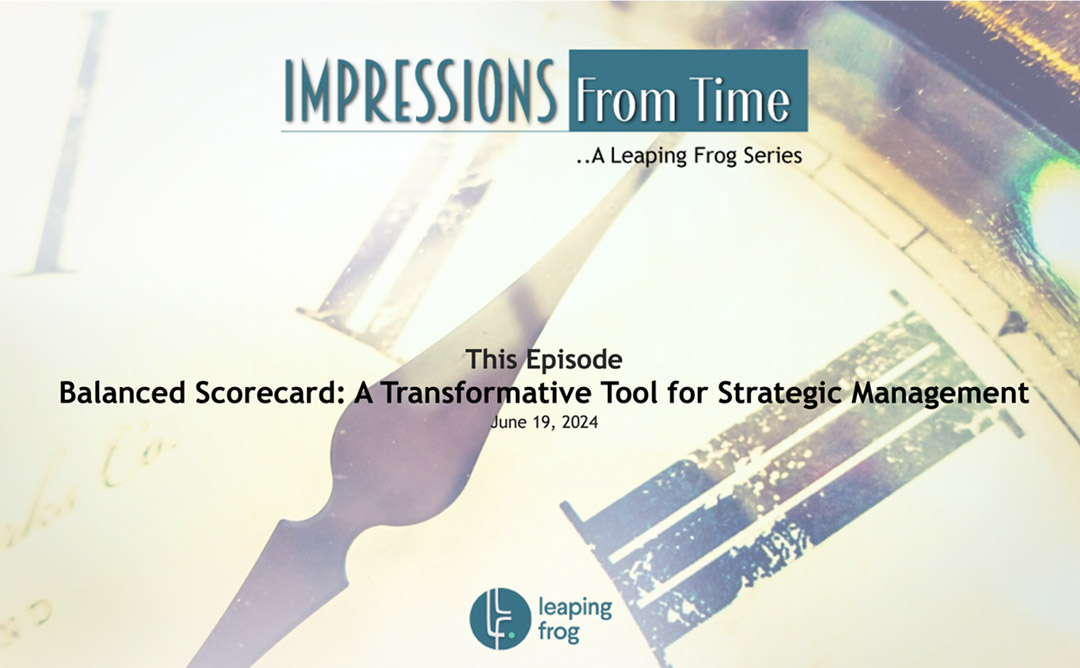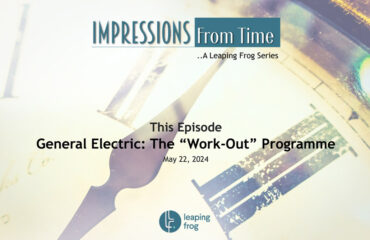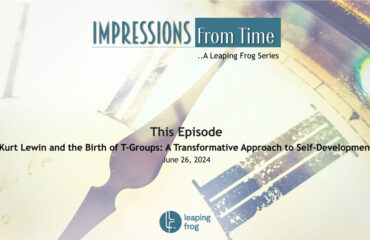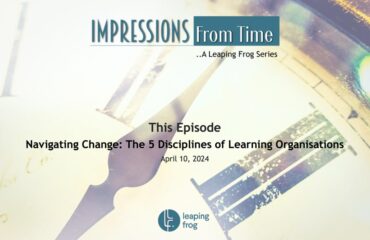
In the early 1990s, Robert Kaplan and David Norton introduced the Balanced Scorecard, forever changing how organisations measure and manage performance. This performance measurement framework was born out of a need to go beyond traditional financial metrics and provide a more comprehensive view of organisational performance. The story of the Balanced Scorecard is not just about a new tool but a profound shift in how organisations think about strategy and performance.
The Genesis
The journey of the Balanced Scorecard began in the late 1980s when organisations faced increasing competition, rapid technological advancements, and the need for more sophisticated management techniques. Traditional financial measures were no longer sufficient to capture the complexities of modern business operations. They provided a narrow view, focusing on short-term financial outcomes while neglecting other critical aspects of performance.
Recognising this gap, Robert Kaplan, a professor at Harvard Business School, and David Norton, a business executive and consultant, set out to develop a more holistic approach to performance measurement. They conducted extensive research and collaborated with various companies to understand their performance measurement challenges and needs. This collaborative research led to the development of the Balanced Scorecard, first introduced in a 1992 Harvard Business Review article titled “The Balanced Scorecard: Measures That Drive Performance.” (https://hbr.org/1992/01/the-balanced-scorecard-measures-that-drive-performance-2)
The Concept
The Balanced Scorecard provides a comprehensive framework incorporating multiple organisational performance perspectives. Kaplan and Norton identified four critical perspectives that organisations should consider:
Financial Perspective: This perspective focuses on traditional economic metrics such as revenue, profit margins, and return on investment. It addresses the question, “How do we look to shareholders?”
Customer Perspective: This perspective emphasises customer satisfaction and retention, aiming to answer the question, “How do customers see us?”
Internal Processes Perspective: This perspective examines the efficiency and effectiveness of internal business processes, addressing the question, “What must we excel at?”
Learning and Growth Perspective: This perspective focuses on the organisation’s ability to innovate, improve, and learn, addressing the question, “Can we continue to improve and create value?”

Picture Credit: https://www.youtube.com/watch?v=C0JZdyb6hZE
By balancing these four perspectives, organisations can gain a more comprehensive understanding of their performance and ensure that they are not focusing solely on short-term financial results at the expense of long-term success.
The Research
Kaplan and Norton’s research involved collaboration with several organisations that were early adopters of the Balanced Scorecard. Their work highlighted the importance of aligning performance measures with the organisation’s vision and strategy. The Balanced Scorecard enables organisations to translate their strategic objectives into coherent performance measures, creating a clear line of sight between day-to-day operations and long-term goals.
One critical insight from their research was the interdependence of the four perspectives. For example, improvements in the learning and growth perspective (such as employee training and development) can lead to better internal processes, enhancing customer satisfaction and ultimately driving financial performance. This interconnectedness underscores the importance of a balanced approach to performance measurement.
Implications and Usage Today
Since its introduction, the Balanced Scorecard has been widely adopted by organisations across various industries and sectors. Its impact on strategic management has been profound, providing a systematic way for organisations to align their activities with their vision and strategy.
One example is the adoption of the Balanced Scorecard by the city of Charlotte, North Carolina. In the mid-1990s, Charlotte sought to align its municipal services with strategic priorities to better serve residents. Led by Assistant City Manager Ron Carlee, the city adopted the Balanced Scorecard framework to shift from budget-focused management to a more strategic, results-oriented approach.
Charlotte customised the Balanced Scorecard to focus on the four key perspectives of the Balanced Scorecard.
Financial Perspective: Ensuring fiscal responsibility and efficient resource use.
Customer Perspective: Enhancing residents’ quality of life through improved public services.
Internal Processes Perspective: Streamlining internal processes for increased efficiency.
Learning and Growth Perspective: Investing in employee development and fostering continuous improvement.
Each perspective included strategic objectives and specific performance measures. For instance, from the Customer Perspective, the city focused on public safety, transportation, and neighbourhood services, using metrics like emergency response times and resident satisfaction surveys. The Financial Perspective tracked budget adherence and cost-saving initiatives, while the Internal Processes Perspective measured permit processing times and waste management efficiency. The Learning and Growth Perspective focused on employee training hours and staff retention rates.
One significant outcome was improved public safety. By targeting crime reduction and faster emergency response times, Charlotte enhanced policing strategies and resource allocation, decreasing crime and increasing public trust.
The Balanced Scorecard guided improvements in public transit operations in transportation, resulting in better on-time performance and higher rider satisfaction. These changes increased ridership and reduced traffic congestion.
Operational efficiency improved as the city focused on process improvements and employee development. Reduced bureaucracy and enhanced service delivery fostered a culture of innovation, with continuous employee skill development contributing to a more dynamic city government.
The above is just one example. Similarly, many global companies have successfully implemented the Balanced Scorecard to drive strategic initiatives and enhance organisational performance.
Today, the Balanced Scorecard continues to evolve, incorporating advancements in technology and data analytics. It remains a vital tool for organisations seeking to navigate the complexities of the modern business environment and achieve sustainable success. A balanced view of performance helps organisations stay focused on what truly matters, fostering a culture of continuous improvement and strategic alignment.
…………………………………………………………………………………………………………………………………
“Impressions From Time” is a curated series from Leaping Frog about stories from the past that have helped shape modern-day practices in the people and organisation domain.
Leaping Frog, a new-age consulting firm, is an enabler and co-creator in enhancing people and organisational effectiveness. We love doing work in the areas of “Driving Organisational Change and Development”, “HR Systems and Talent Strategy”, and “Leadership and Life Coaching”.
Connect and share, for work and more.
Mail: comm@leapingfrog.in
Website: www.leapingfrog.in
Follow Us: https://lnkd.in/d7TQbsia




